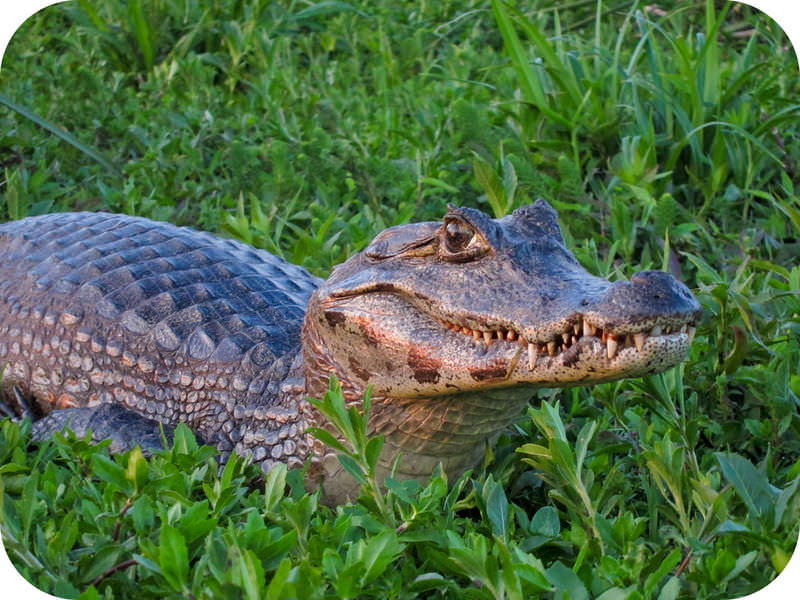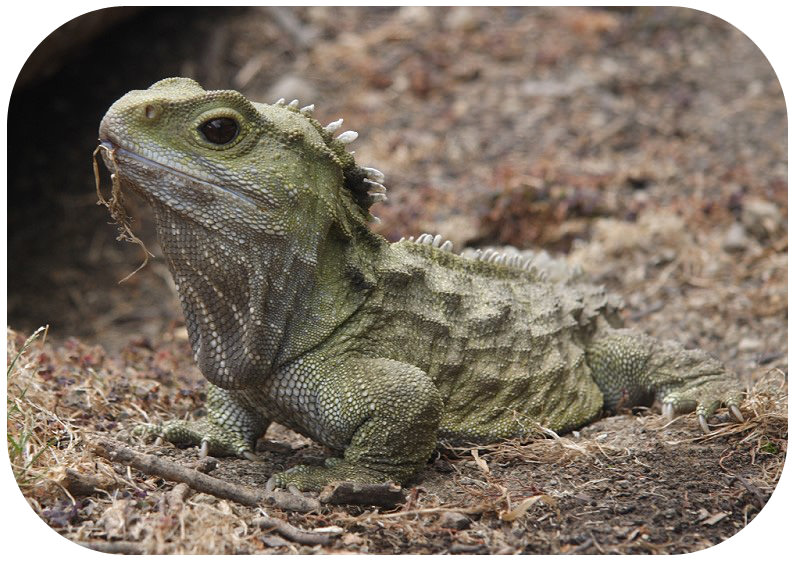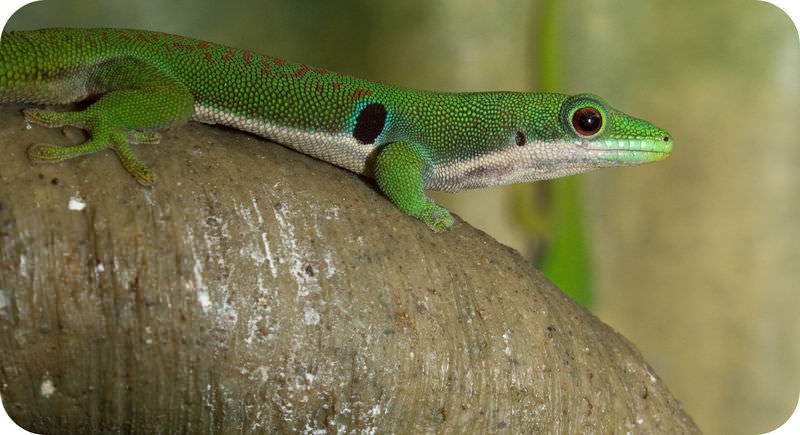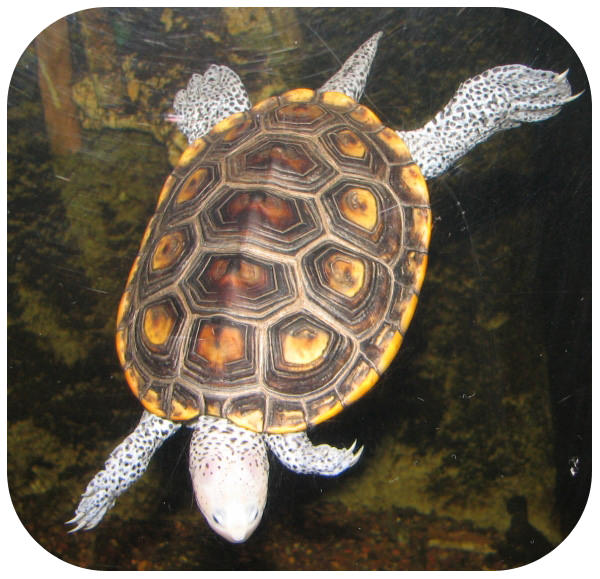12.7: Clasificación de reptiles
- Page ID
- 107908
\( \newcommand{\vecs}[1]{\overset { \scriptstyle \rightharpoonup} {\mathbf{#1}} } \)
\( \newcommand{\vecd}[1]{\overset{-\!-\!\rightharpoonup}{\vphantom{a}\smash {#1}}} \)
\( \newcommand{\id}{\mathrm{id}}\) \( \newcommand{\Span}{\mathrm{span}}\)
( \newcommand{\kernel}{\mathrm{null}\,}\) \( \newcommand{\range}{\mathrm{range}\,}\)
\( \newcommand{\RealPart}{\mathrm{Re}}\) \( \newcommand{\ImaginaryPart}{\mathrm{Im}}\)
\( \newcommand{\Argument}{\mathrm{Arg}}\) \( \newcommand{\norm}[1]{\| #1 \|}\)
\( \newcommand{\inner}[2]{\langle #1, #2 \rangle}\)
\( \newcommand{\Span}{\mathrm{span}}\)
\( \newcommand{\id}{\mathrm{id}}\)
\( \newcommand{\Span}{\mathrm{span}}\)
\( \newcommand{\kernel}{\mathrm{null}\,}\)
\( \newcommand{\range}{\mathrm{range}\,}\)
\( \newcommand{\RealPart}{\mathrm{Re}}\)
\( \newcommand{\ImaginaryPart}{\mathrm{Im}}\)
\( \newcommand{\Argument}{\mathrm{Arg}}\)
\( \newcommand{\norm}[1]{\| #1 \|}\)
\( \newcommand{\inner}[2]{\langle #1, #2 \rangle}\)
\( \newcommand{\Span}{\mathrm{span}}\) \( \newcommand{\AA}{\unicode[.8,0]{x212B}}\)
\( \newcommand{\vectorA}[1]{\vec{#1}} % arrow\)
\( \newcommand{\vectorAt}[1]{\vec{\text{#1}}} % arrow\)
\( \newcommand{\vectorB}[1]{\overset { \scriptstyle \rightharpoonup} {\mathbf{#1}} } \)
\( \newcommand{\vectorC}[1]{\textbf{#1}} \)
\( \newcommand{\vectorD}[1]{\overrightarrow{#1}} \)
\( \newcommand{\vectorDt}[1]{\overrightarrow{\text{#1}}} \)
\( \newcommand{\vectE}[1]{\overset{-\!-\!\rightharpoonup}{\vphantom{a}\smash{\mathbf {#1}}}} \)
\( \newcommand{\vecs}[1]{\overset { \scriptstyle \rightharpoonup} {\mathbf{#1}} } \)
\( \newcommand{\vecd}[1]{\overset{-\!-\!\rightharpoonup}{\vphantom{a}\smash {#1}}} \)
\(\newcommand{\avec}{\mathbf a}\) \(\newcommand{\bvec}{\mathbf b}\) \(\newcommand{\cvec}{\mathbf c}\) \(\newcommand{\dvec}{\mathbf d}\) \(\newcommand{\dtil}{\widetilde{\mathbf d}}\) \(\newcommand{\evec}{\mathbf e}\) \(\newcommand{\fvec}{\mathbf f}\) \(\newcommand{\nvec}{\mathbf n}\) \(\newcommand{\pvec}{\mathbf p}\) \(\newcommand{\qvec}{\mathbf q}\) \(\newcommand{\svec}{\mathbf s}\) \(\newcommand{\tvec}{\mathbf t}\) \(\newcommand{\uvec}{\mathbf u}\) \(\newcommand{\vvec}{\mathbf v}\) \(\newcommand{\wvec}{\mathbf w}\) \(\newcommand{\xvec}{\mathbf x}\) \(\newcommand{\yvec}{\mathbf y}\) \(\newcommand{\zvec}{\mathbf z}\) \(\newcommand{\rvec}{\mathbf r}\) \(\newcommand{\mvec}{\mathbf m}\) \(\newcommand{\zerovec}{\mathbf 0}\) \(\newcommand{\onevec}{\mathbf 1}\) \(\newcommand{\real}{\mathbb R}\) \(\newcommand{\twovec}[2]{\left[\begin{array}{r}#1 \\ #2 \end{array}\right]}\) \(\newcommand{\ctwovec}[2]{\left[\begin{array}{c}#1 \\ #2 \end{array}\right]}\) \(\newcommand{\threevec}[3]{\left[\begin{array}{r}#1 \\ #2 \\ #3 \end{array}\right]}\) \(\newcommand{\cthreevec}[3]{\left[\begin{array}{c}#1 \\ #2 \\ #3 \end{array}\right]}\) \(\newcommand{\fourvec}[4]{\left[\begin{array}{r}#1 \\ #2 \\ #3 \\ #4 \end{array}\right]}\) \(\newcommand{\cfourvec}[4]{\left[\begin{array}{c}#1 \\ #2 \\ #3 \\ #4 \end{array}\right]}\) \(\newcommand{\fivevec}[5]{\left[\begin{array}{r}#1 \\ #2 \\ #3 \\ #4 \\ #5 \\ \end{array}\right]}\) \(\newcommand{\cfivevec}[5]{\left[\begin{array}{c}#1 \\ #2 \\ #3 \\ #4 \\ #5 \\ \end{array}\right]}\) \(\newcommand{\mattwo}[4]{\left[\begin{array}{rr}#1 \amp #2 \\ #3 \amp #4 \\ \end{array}\right]}\) \(\newcommand{\laspan}[1]{\text{Span}\{#1\}}\) \(\newcommand{\bcal}{\cal B}\) \(\newcommand{\ccal}{\cal C}\) \(\newcommand{\scal}{\cal S}\) \(\newcommand{\wcal}{\cal W}\) \(\newcommand{\ecal}{\cal E}\) \(\newcommand{\coords}[2]{\left\{#1\right\}_{#2}}\) \(\newcommand{\gray}[1]{\color{gray}{#1}}\) \(\newcommand{\lgray}[1]{\color{lightgray}{#1}}\) \(\newcommand{\rank}{\operatorname{rank}}\) \(\newcommand{\row}{\text{Row}}\) \(\newcommand{\col}{\text{Col}}\) \(\renewcommand{\row}{\text{Row}}\) \(\newcommand{\nul}{\text{Nul}}\) \(\newcommand{\var}{\text{Var}}\) \(\newcommand{\corr}{\text{corr}}\) \(\newcommand{\len}[1]{\left|#1\right|}\) \(\newcommand{\bbar}{\overline{\bvec}}\) \(\newcommand{\bhat}{\widehat{\bvec}}\) \(\newcommand{\bperp}{\bvec^\perp}\) \(\newcommand{\xhat}{\widehat{\xvec}}\) \(\newcommand{\vhat}{\widehat{\vvec}}\) \(\newcommand{\uhat}{\widehat{\uvec}}\) \(\newcommand{\what}{\widehat{\wvec}}\) \(\newcommand{\Sighat}{\widehat{\Sigma}}\) \(\newcommand{\lt}{<}\) \(\newcommand{\gt}{>}\) \(\newcommand{\amp}{&}\) \(\definecolor{fillinmathshade}{gray}{0.9}\)
Con tantos colores posibles, ¿cómo se clasificaría un camaleón?
Los camaleones son un tipo de lagarto distintivo y altamente especializado. Se distinguen en parte por sus pies parecidos a loros, sus ojos separadamente móviles y estereoscópicos, sus lenguas, crestas o cuernos muy largos, altamente modificados y rápidamente extrudibles en sus cabezas de forma distintiva, y la capacidad de algunos de cambiar de color. Pero hay aproximadamente 160 especies de camaleones. Entonces, ¿cómo se clasifican?
Clasificación de Reptiles
Hay más de 8,200 especies vivas de reptiles, siendo la mayoría serpientes o lagartos. Comúnmente se colocan en cuatro órdenes diferentes. Los cuatro órdenes se describen en la Tabla siguiente.
| Orden | Características | Ejemplo |
|---|---|---|
| Cocodrilia: cocodrilos, caimanes, caimanes, garios | Tienen cuatro patas extensas que pueden ser utilizadas para galopar; reemplazan sus dientes a lo largo de la vida; tienen mandíbulas fuertes y una mordida poderosa; tienen un cerebro más avanzado y mayor inteligencia que otros reptiles; tienen un corazón de cuatro cámaras. |
caimán  |
| Esfenodoncia: tuataras | Son los menos especializados de todos los reptiles vivos; su cerebro es muy similar al cerebro de los anfibios; tienen un corazón de tres cámaras, pero es más primitivo que el corazón de otros reptiles. |
tuatara  |
| Squamata: lagartos, serpientes |
Lagartos: la mayoría tienen cuatro patas para correr o escalar, y también pueden nadar; muchos cambian de color cuando se ven amenazados; tienen un corazón de tres cámaras. Serpientes: no tienen patas, aunque evolucionaron a partir de un ancestro tetrápodo; tienen una mandíbula muy flexible para tragar presas grandes enteras; algunas inyectan veneno a su presa a través de colmillos; tienen un corazón de tres cámaras. |
lagarto  |
| Testudinas: tortugas, tortugas, terrapines | Tienen cuatro patas para caminar; tienen una cáscara dura que cubre la mayor parte de su cuerpo; tienen un corazón de tres cámaras. |
terrapin  |
Resumen
- Hay más de 8,200 especies vivas de reptiles, y se colocan en cuatro órdenes: Crocodilia, que incluye cocodrilos y caimanes; Sphenodontia, o tuataras; Squamata, que incluye lagartos y serpientes; y Testudines, como tortugas y tortugas.
Revisar
- Compara y contrasta cocodrilos con otros órdenes de reptiles.
| Imagen | Referencia | Atribuciones |
 |
[Figura 1] | Crédito: William Warby Fuente: http://www.flickr.com/photos/wwarby/3895166303/ Licencia: CC BY 4.0 |
 |
[Figura 2] | Crédito: Miguel Vieira Fuente: www.flickr.com/photos/miguelvieira/6245132006/ Licencia: CC BY 4.0 |
 |
[Figura 3] | Crédito: Knutschie Fuente: Commons.wikimedia.org/wiki/Image:Tuatara.jpg Licencia: Dominio público |
 |
[Figura 4] | Crédito: Brian Gratwicke Fuente: Commons.wikimedia.org/wiki/Archivo:Phelsuma_Quadriocellata; _Peacock_day_gecko.jpg Licencia: CC BY 4.0 |
 |
[Figura 5] | Crédito: Ltshears Fuente: Commons.wikimedia.org/wiki/Archivo:Diamondback_Terrapin.jpg Licencia: Dominio público |

